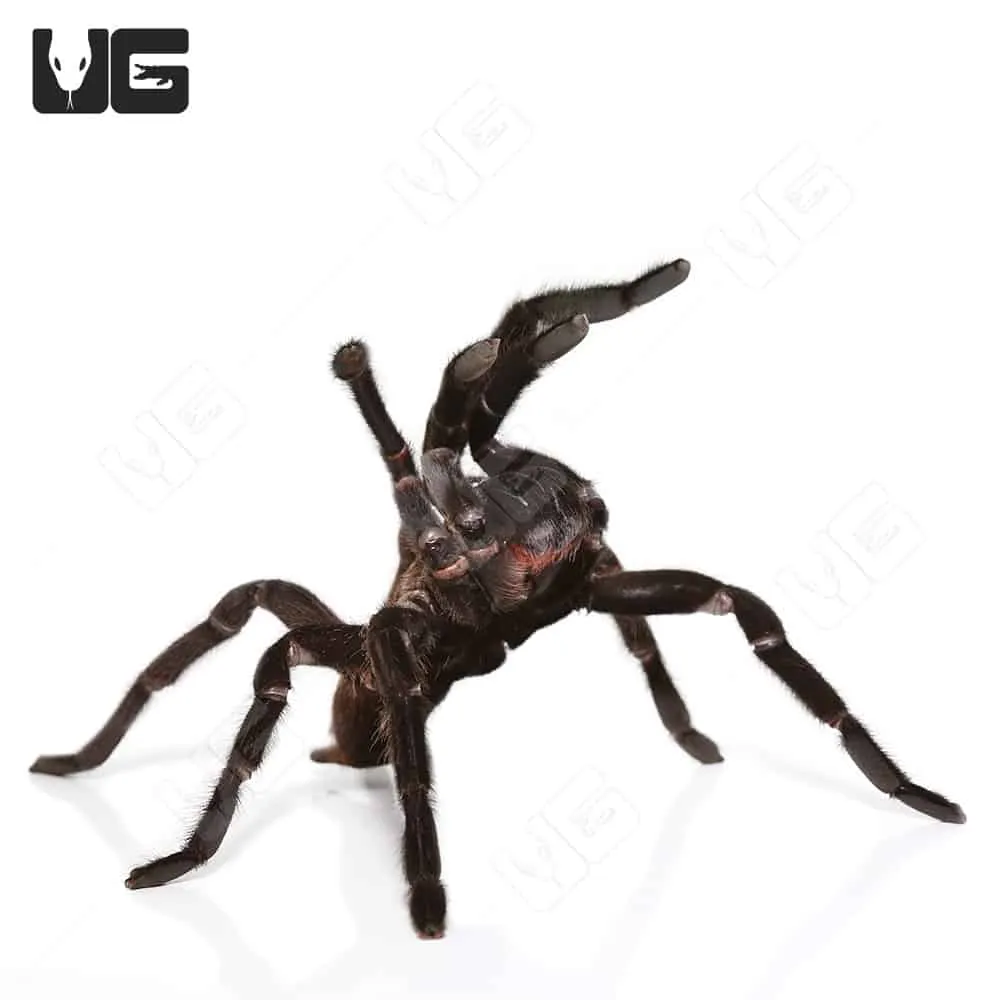Kaeng Krachan Tarantula Overview
The Kaeng Krachan tarantula (Chilobrachys natanicharum) is a captivating species that has quickly gained popularity among tarantula enthusiasts. Originating from the Kaeng Krachan National Park in Thailand, these tarantulas are known for their striking appearance and unique behaviors. Their relatively manageable size and burrowing tendencies make them an appealing choice for both novice and experienced keepers. This care sheet provides a comprehensive guide to help you understand and meet the specific needs of your Kaeng Krachan tarantula, ensuring its health and well-being in captivity.
Habitat and Natural Environment
Understanding the natural habitat of the Kaeng Krachan tarantula is fundamental to providing the correct environment in captivity. Replicating their natural environment is crucial for their physical and psychological well-being. This section delves into the geographic location and typical habitats of these fascinating creatures.
Geographic Location
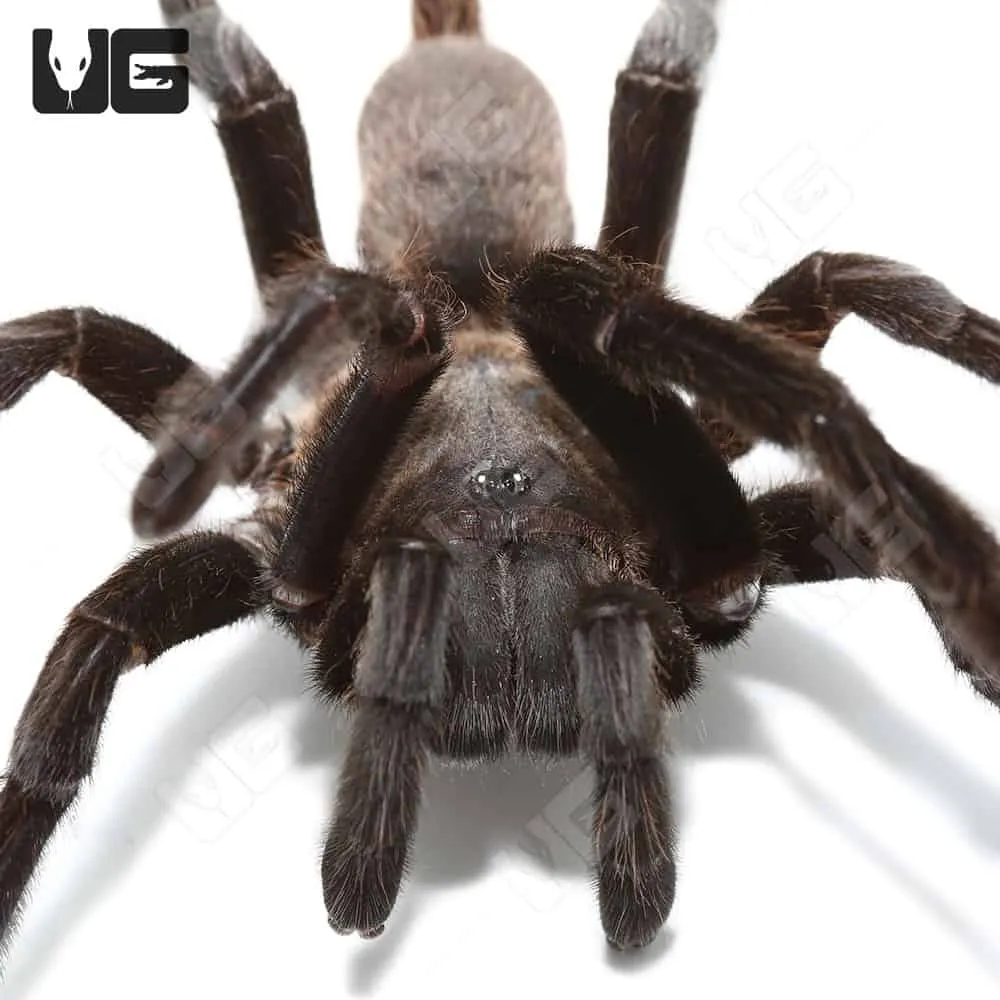
The Kaeng Krachan tarantula gets its name from its origin: the Kaeng Krachan National Park in Thailand. This specific location is characterized by a warm and humid climate, essential for the tarantula’s survival. The microclimates within the park influence the behavior and specific needs of these tarantulas. Understanding their geographical origins provides a foundation for setting up a suitable enclosure.
Typical Habitats
In the wild, Kaeng Krachan tarantulas are typically found in burrows, often under leaf litter, in the soil, or beneath rocks. They prefer areas with high humidity and stable temperatures, which provide protection from predators and harsh weather conditions. The burrows offer security and serve as their primary home and hunting grounds. In captivity, replicating these conditions is critical to their comfort and survival.
Enclosure Setup
The enclosure is the tarantula’s home, and a well-designed setup will closely mimic its natural environment, which is crucial for its health and happiness. The size of the enclosure, the type of substrate, and the decorations inside all contribute to creating a suitable habitat.
Choosing the Right Enclosure
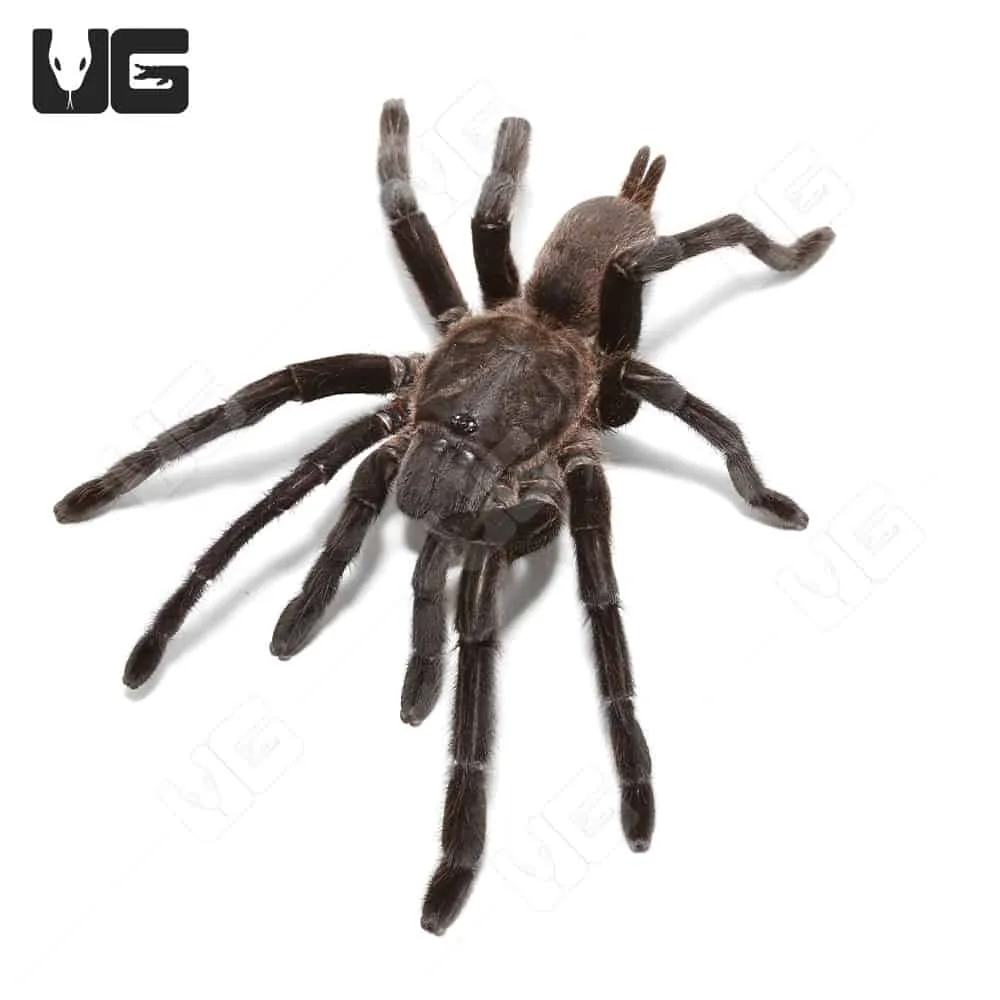
The enclosure should be appropriately sized for the tarantula’s size. As a general guideline, the width and length should be at least twice the tarantula’s leg span, and the depth should allow for burrowing. Glass or acrylic terrariums are ideal choices, providing good visibility and ventilation. Be sure the enclosure has a secure lid to prevent the tarantula from escaping. Ensure the enclosure is well-ventilated, yet able to maintain humidity.
Substrate Selection
The substrate serves as the foundation of the tarantula’s environment, offering a place to burrow, maintain humidity, and create a natural feel. A mix of peat moss, coconut fiber, and a small amount of vermiculite is an excellent choice. This combination holds moisture well, allowing for humidity, and it provides a good medium for burrowing. Avoid substrates with sharp edges or materials that could be harmful to the tarantula.
Decorating the Enclosure
Adding decorations enhances the enclosure, providing both enrichment for the tarantula and visual appeal. Include a hide, such as a piece of cork bark or a hollow log, where the tarantula can retreat and feel secure. Artificial or live plants can be added to increase humidity and offer additional hiding spots. Be certain that all decorations are non-toxic and securely placed to prevent any potential injury to the tarantula.
Temperature and Humidity
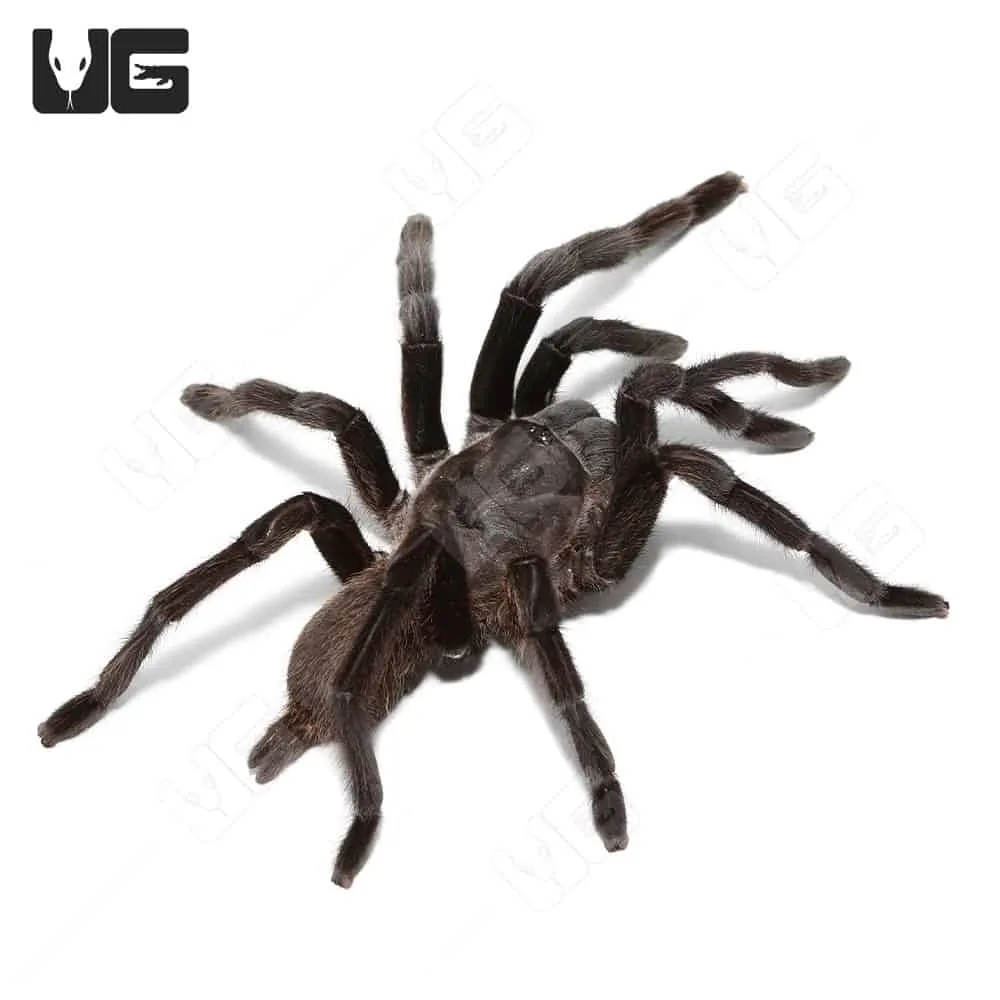
Maintaining the correct temperature and humidity levels is critical to the health and well-being of your Kaeng Krachan tarantula. These factors influence the spider’s metabolism, molting process, and overall comfort, and are directly linked to their ability to thrive in captivity.
Temperature Requirements
The ideal temperature range for Kaeng Krachan tarantulas is between 75-85°F (24-29°C). A heat mat placed on the side of the enclosure can provide a gentle source of warmth, but avoid placing it directly under the enclosure, as this can cause the substrate to dry out too quickly. Use a thermometer to monitor the temperature and adjust as necessary.
Humidity Levels
Humidity is a crucial factor for these tarantulas, and maintaining levels between 70-80% is ideal. To achieve and maintain this, mist the enclosure regularly with dechlorinated water. The frequency of misting depends on ventilation and substrate, but usually, misting lightly every few days, or as needed, will suffice. Use a hygrometer to closely monitor the humidity levels.
Water and Hydration
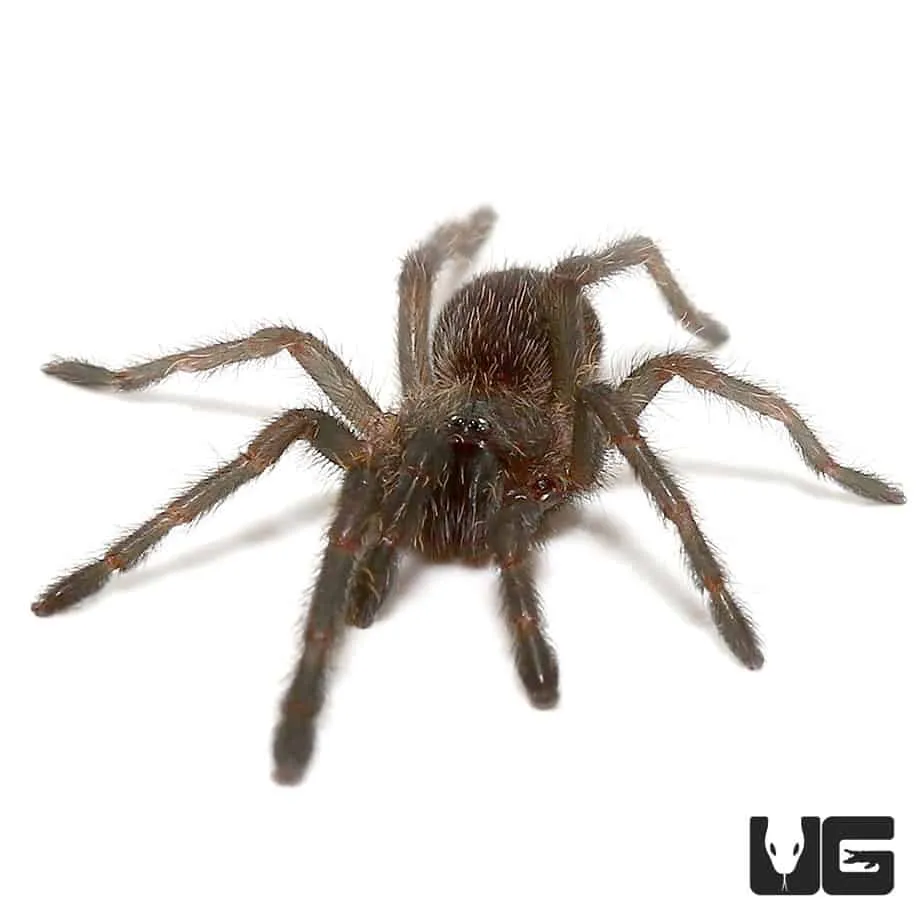
Providing fresh water is vital for your tarantula’s survival. Always provide a shallow water dish with fresh, dechlorinated water. The water dish should be shallow enough to prevent the tarantula from drowning. In addition to the water dish, misting the enclosure can also provide the tarantula with a way to drink.
Feeding Your Kaeng Krachan Tarantula
Proper feeding is essential for the health and growth of your Kaeng Krachan tarantula. A well-balanced diet, appropriate prey selection, and the correct feeding frequency are all essential to ensure they thrive in captivity.
Prey Selection
Kaeng Krachan tarantulas are insectivores. Therefore, their diet consists mainly of insects. Crickets, roaches, and mealworms are common, easily accessible prey options. Varying the diet with different types of insects will provide a more complete nutritional profile. Before feeding, ensure that the prey is properly gut-loaded with nutritious food to provide essential vitamins and minerals to the tarantula. Avoid feeding wild-caught insects, as they may carry parasites or pesticides.
Feeding Frequency
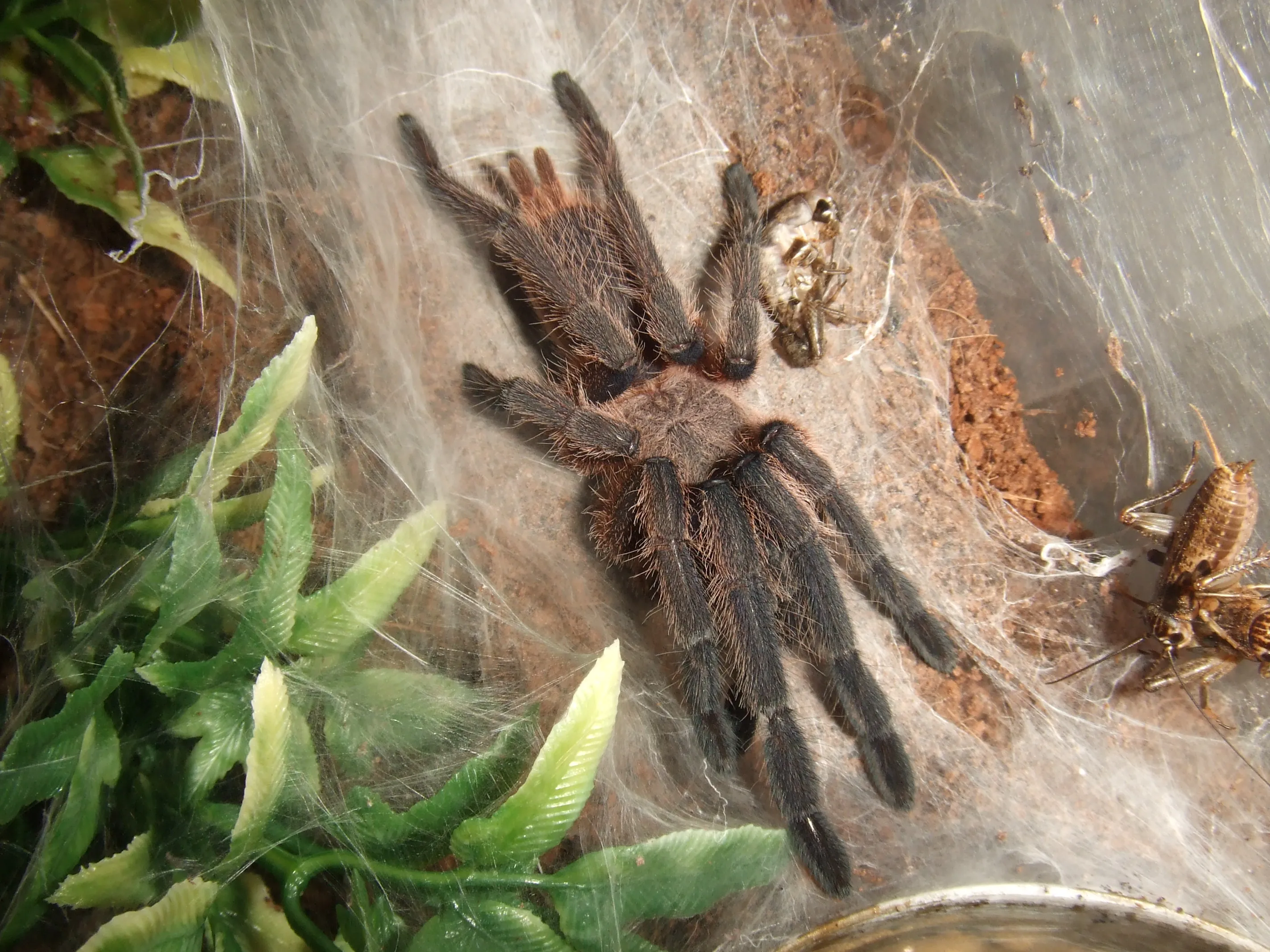
The feeding frequency depends on the tarantula’s age and size. Spiderlings should be fed two to three times a week, while adult tarantulas can be fed once or twice a week. Adjust the feeding schedule according to the tarantula’s appetite and body condition. If the tarantula refuses food, it may be about to molt, and it is best to remove any uneaten prey within 24 hours to prevent stressing the tarantula.
Watering and Hydration
As mentioned earlier, provide a shallow water dish with fresh, dechlorinated water at all times. Keep the water clean and replace it regularly. Misting the enclosure is also an important part of providing water for the tarantula. This will help maintain humidity and provides an additional water source.
Handling and Safety
Handling tarantulas should be approached with caution. While not all tarantulas are aggressive, they can bite if they feel threatened. It is important to understand safe handling practices and recognize signs of stress to ensure both your safety and the tarantula’s well-being.
Safe Handling Practices
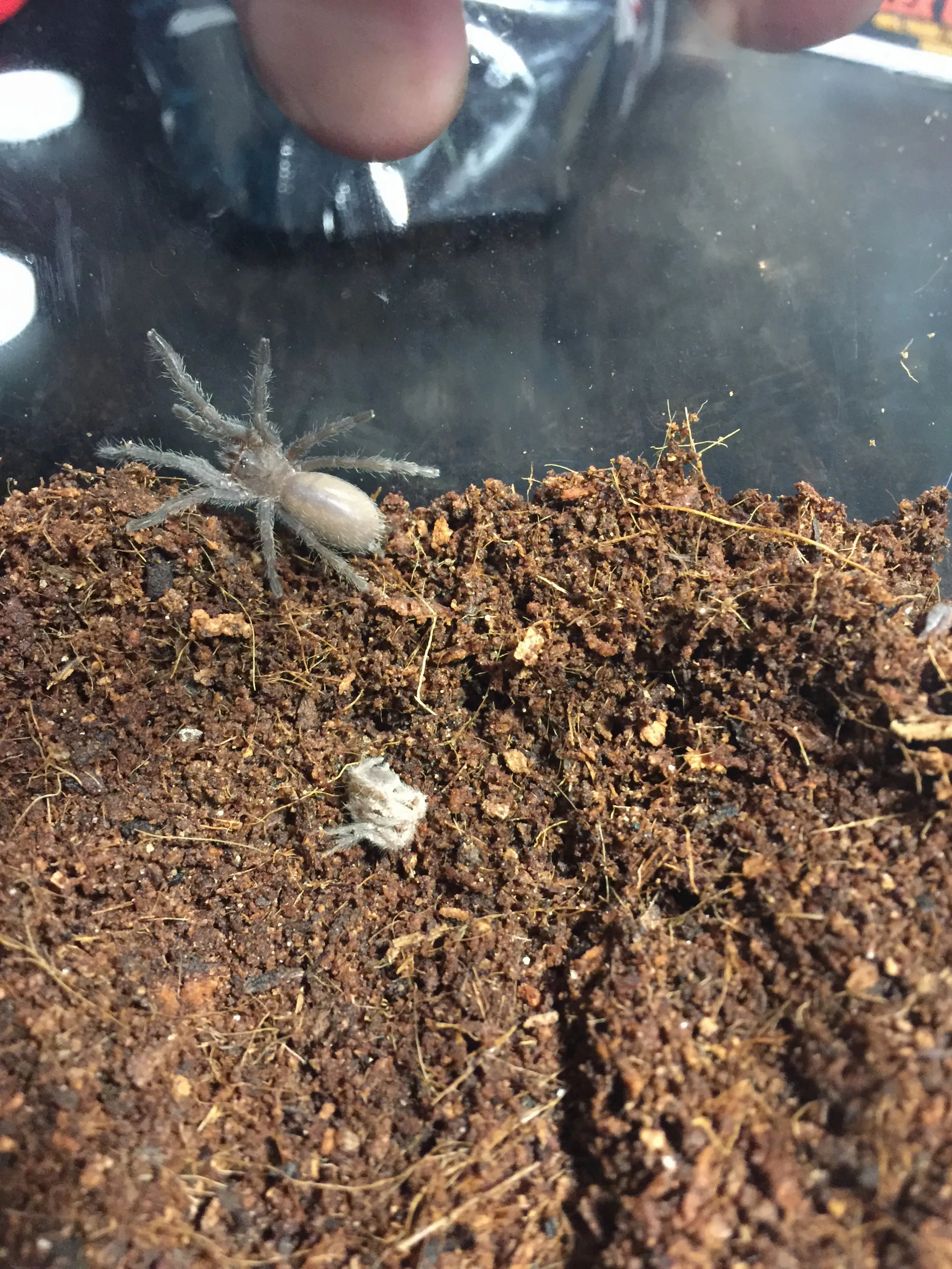
Avoid handling your tarantula unless it’s necessary, such as when cleaning the enclosure. If handling is necessary, do so gently and slowly. If you must handle the tarantula, do so close to the ground or over a soft surface to minimize the risk of injury if it falls. Avoid making any sudden movements, as these could startle the tarantula. Remember to wash your hands thoroughly before and after handling the tarantula.
Recognizing Signs of Stress
Be sure to learn the signs of stress in your tarantula. Defensive postures, such as raising the front legs or flicking hairs (urticating hairs), indicate that the tarantula feels threatened and should be left alone. Other signs of stress include excessive hiding, refusing food, or erratic behavior. If your tarantula displays signs of stress, it’s best to give it space and let it calm down.
Health and Common Issues
Knowing how to identify and address health issues is essential for ensuring that your Kaeng Krachan tarantula remains healthy and thrives. Regular observation and preventative care are critical in achieving this goal.
Shedding and Molting
Molting is a natural process where the tarantula sheds its exoskeleton to grow. During molting, the tarantula will typically stop eating and may appear lethargic. Provide a humid environment and avoid disturbing the tarantula during this vulnerable period. After molting, the tarantula’s new exoskeleton will be soft; avoid feeding it until the new exoskeleton hardens, which usually takes a week or two. The discarded exoskeleton is a complete replica of the tarantula, from its fangs to its hairs.
Identifying Health Problems
Regularly inspect your tarantula for signs of illness, such as loss of appetite, lethargy, or unusual behavior. Other warning signs include injuries, discoloration, or parasites. If you suspect your tarantula is sick, consult with an experienced tarantula keeper or a veterinarian specializing in exotic animals. Early detection and treatment are essential for the best outcome.
Preventative Care
Preventative care is a key component in maintaining your tarantula’s health. This includes providing a clean and appropriate enclosure, a balanced diet, and maintaining optimal temperature and humidity levels. Regularly cleaning the enclosure, removing uneaten food, and providing fresh water are essential to prevent health problems. It is also important to quarantine new tarantulas for a few weeks before introducing them to your existing collection.
Breeding
Breeding Kaeng Krachan tarantulas requires a good understanding of their mating behavior. While breeding can be a rewarding experience, it’s essential to be prepared and well-informed.
Sexing Your Tarantula
Sexing a tarantula can be done by examining the underside of the tarantula’s abdomen. Adult males will have a pair of modified pedipalps, known as “boxing gloves,” used for mating. They also have spurs on their front legs used to hold the female during mating. The female has a spermatheca that is used to store the sperm. Accurate sexing is crucial to successful breeding.
Mating and Egg Sacs
To breed Kaeng Krachan tarantulas, introduce the male to the female’s enclosure. Carefully supervise the mating process. After mating, separate the male from the female, as she may attack and eat him. The female will lay eggs in an egg sac, which she will guard and protect. Providing the female with optimal conditions is critical for successful egg sac development and spiderling survival. You can either remove the egg sac after a period of time or leave it with the mother.
Final Thoughts
Caring for a Kaeng Krachan tarantula can be an exceptionally rewarding experience. By following these guidelines, you can create a healthy and stimulating environment for your tarantula to thrive. Always research and be informed, and always prioritize the health and well-being of your pet. Enjoy the unique experience of keeping this captivating species!
